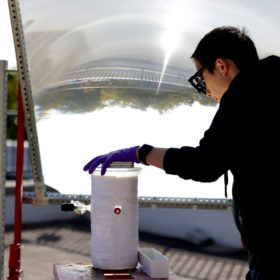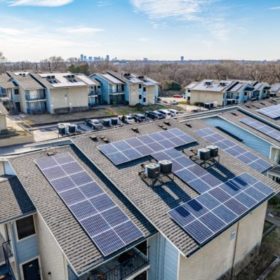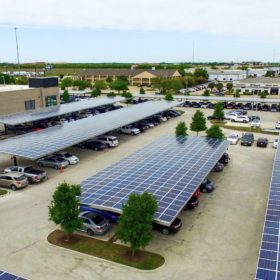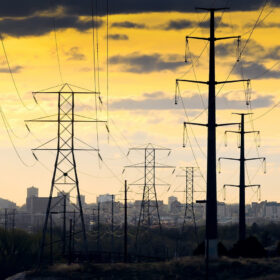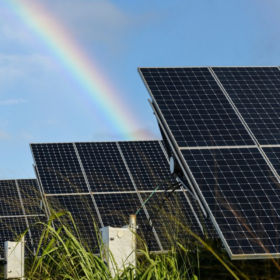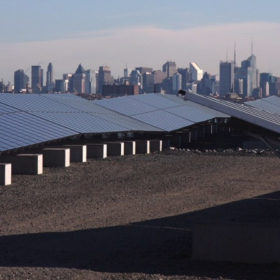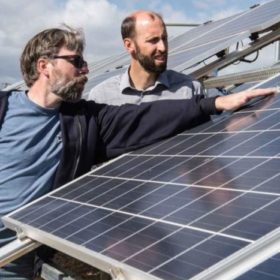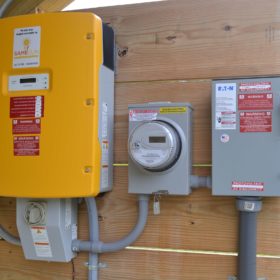Renewables generation predictability can improve profitability
A study from the University of Adelaide shows how improved predictability can improve the operation of solar assets.
Sunnova files for $3.3 billion Department of Energy loan
The company looks to greatly expand its rollout of solar virtual power plant services.
Researchers evaluate viability of ‘direct’ green hydrogen fuel production
Rather than using solar or wind to power electrolysis, researchers are testing the competitiveness of photoelectrochemical cells for producing emissions-free hydrogen fuels.
U.S. on track to make it only halfway towards 2030 Paris Agreement targets
The U.S. may only reach 25% to 38% of carbon emissions reductions below 2005 by 2030, falling well short of the 50% to 52% required by the agreement, said the Energy Information Administration.
New Mexico introduces low-income solar act
SB 432 would require equitable distribution of benefits of on-site solar, limiting utility fees on low-income housing solar installations, and more.
Organizations show support for California solar carport and highway incentives
A coalition of 64 organizations led by Environment California submitted a letter of support for SB 49.
Potential savings from new electric transmission reached decade peak in 2022
High electricity prices and severe weather helped drive record transmission values across many regions in 2022 offering potential savings, said Lawrence Berkeley National Laboratory.
Clean electricity to reach as high as 90% by 2030
A U.S. DOE report analyzing recent policy changes said carbon emissions-free energy will represent 71% to 90% of the nation’s generation mix.
Solving the battery supply chain’s structural deficit
Greg Pitt, vice president of battery materials, Worley offers his vision to address the battery supply chain’s structural deficit by expanding U.S. production in new and creative ways.
Nearly 40% of the U.S. could qualify for the energy community tax credits
LandGate’s PowerData tool maps out the substantial opportunities for solar development possible under the Inflation Reduction Act’s tax credit for energy communities.


